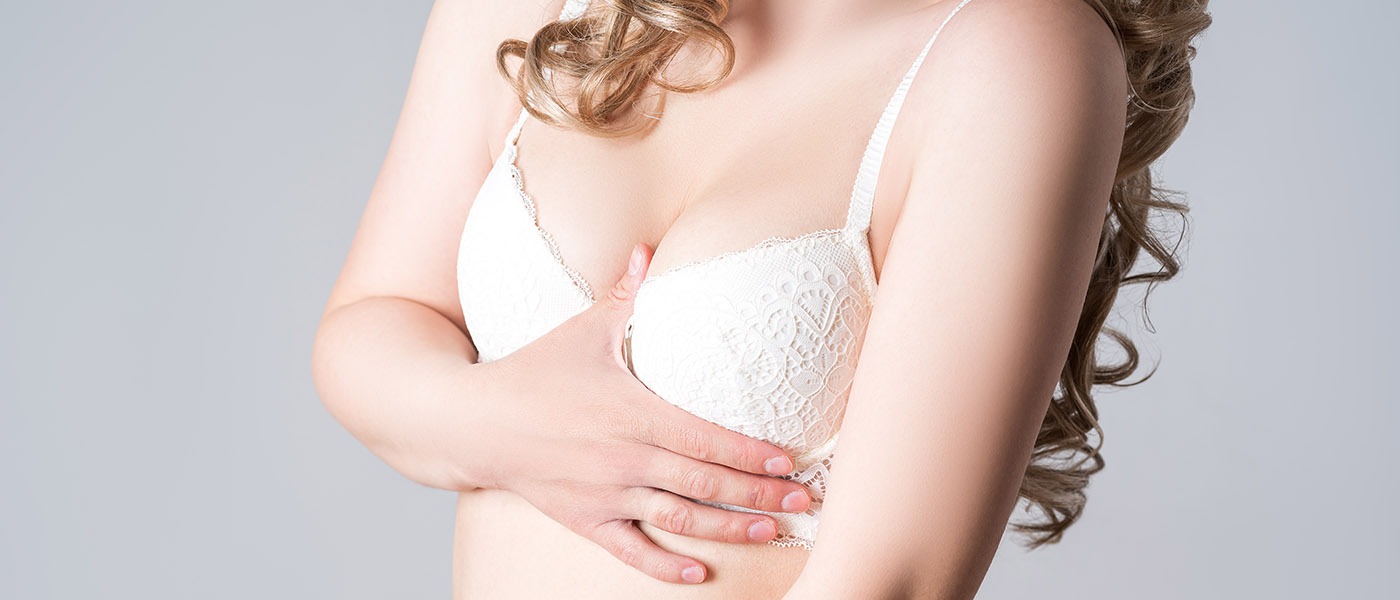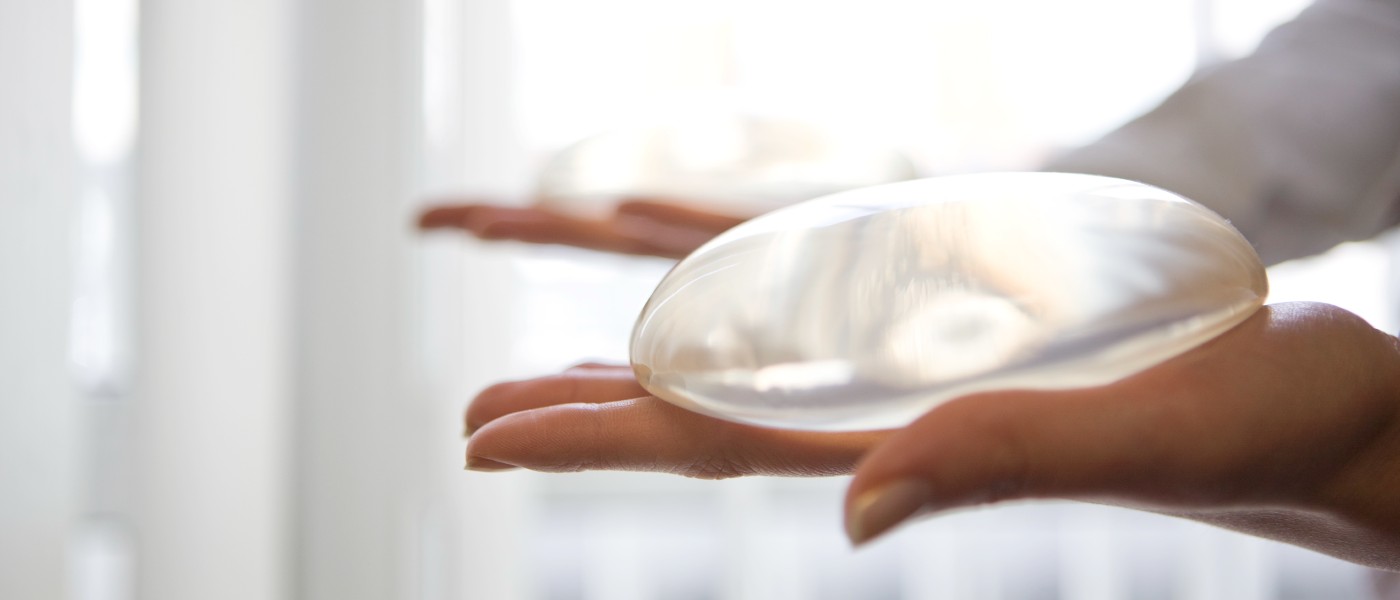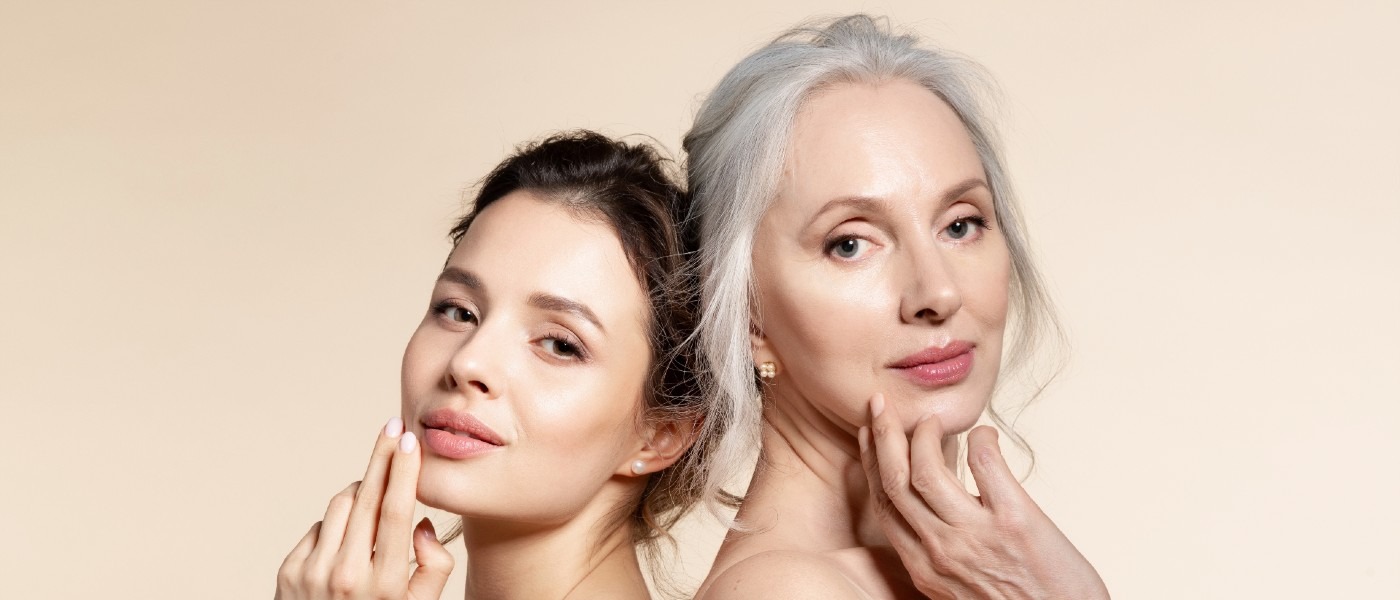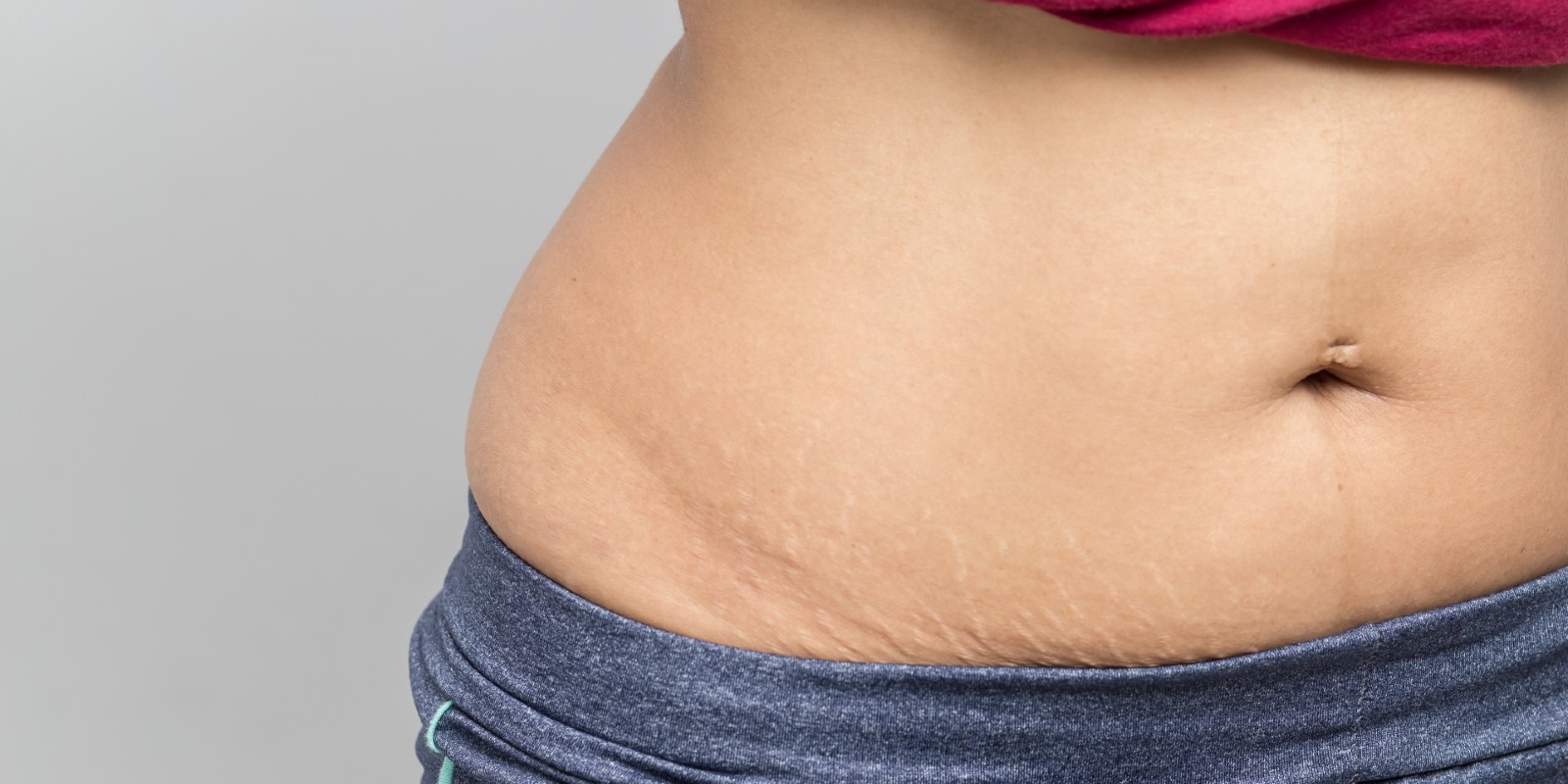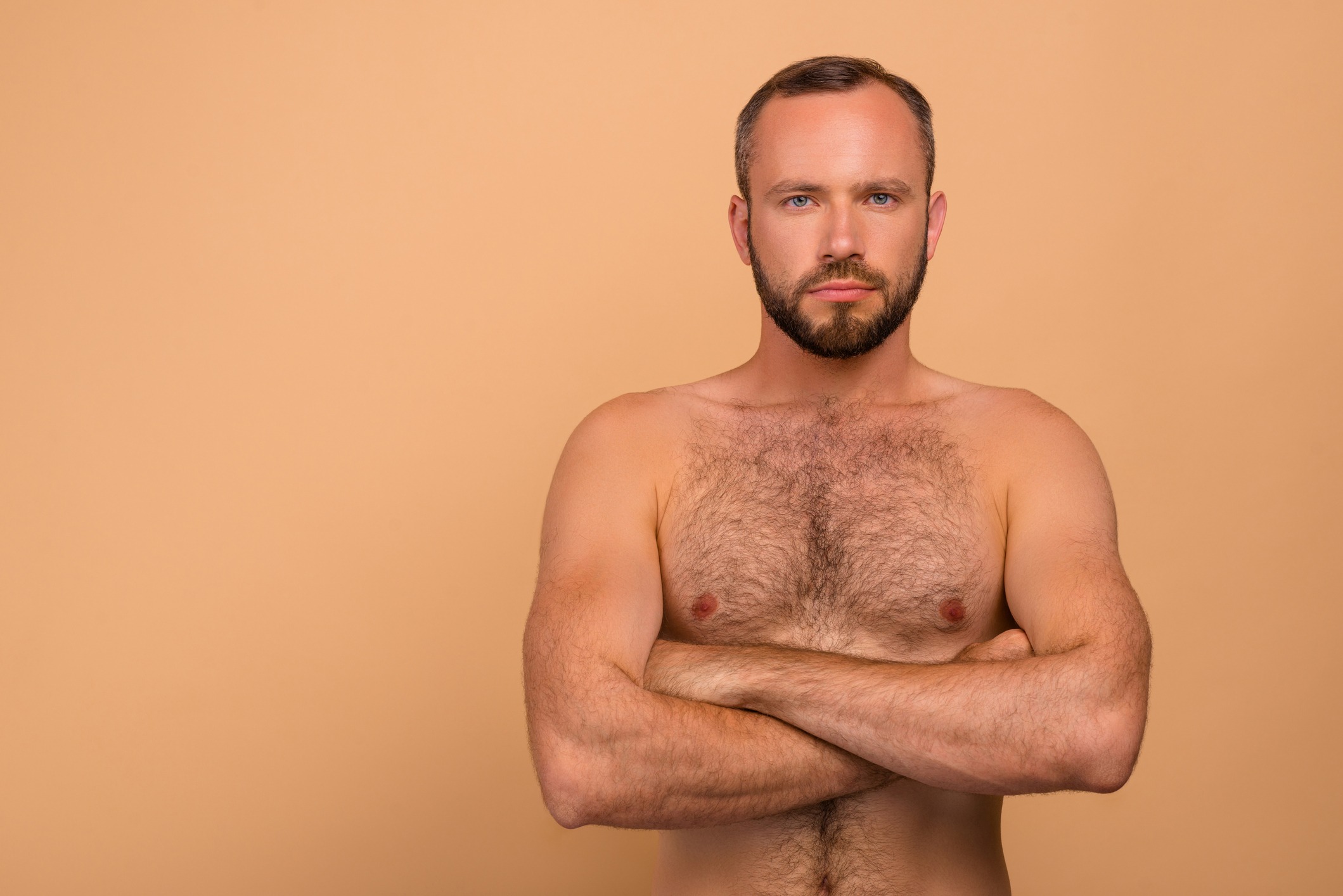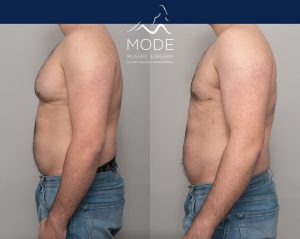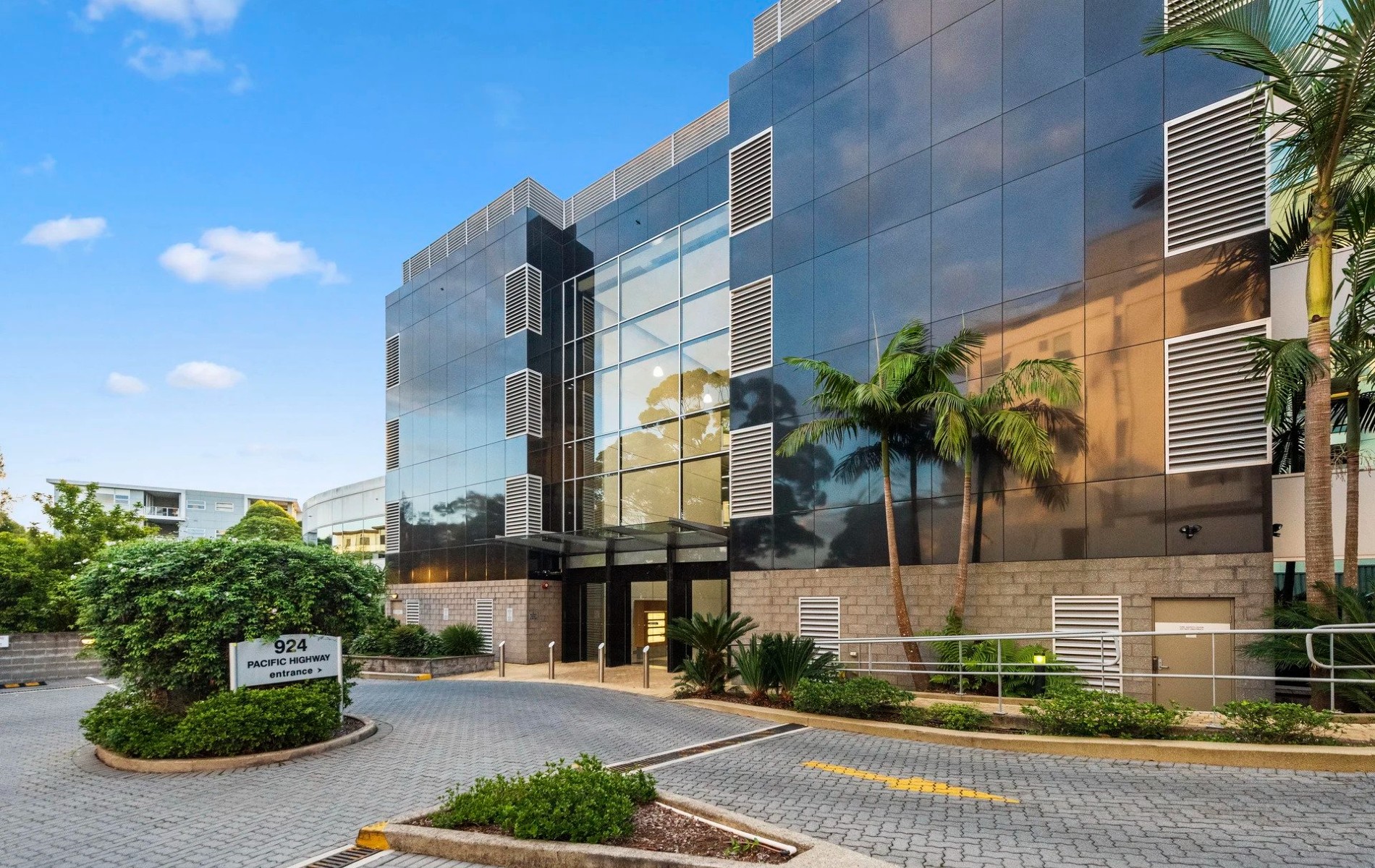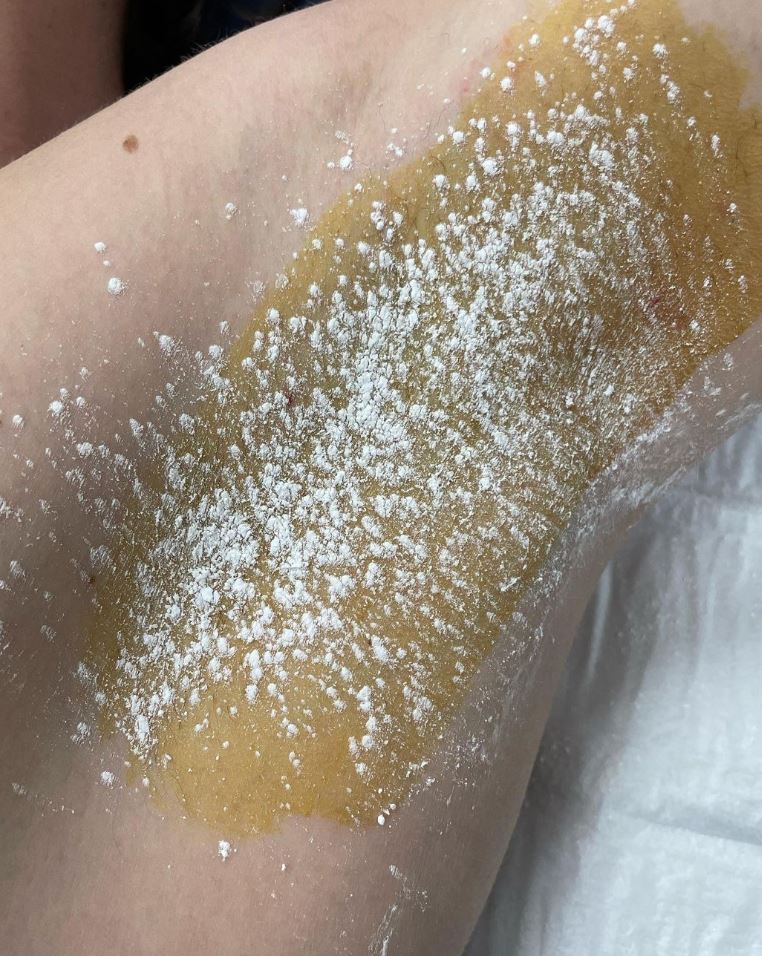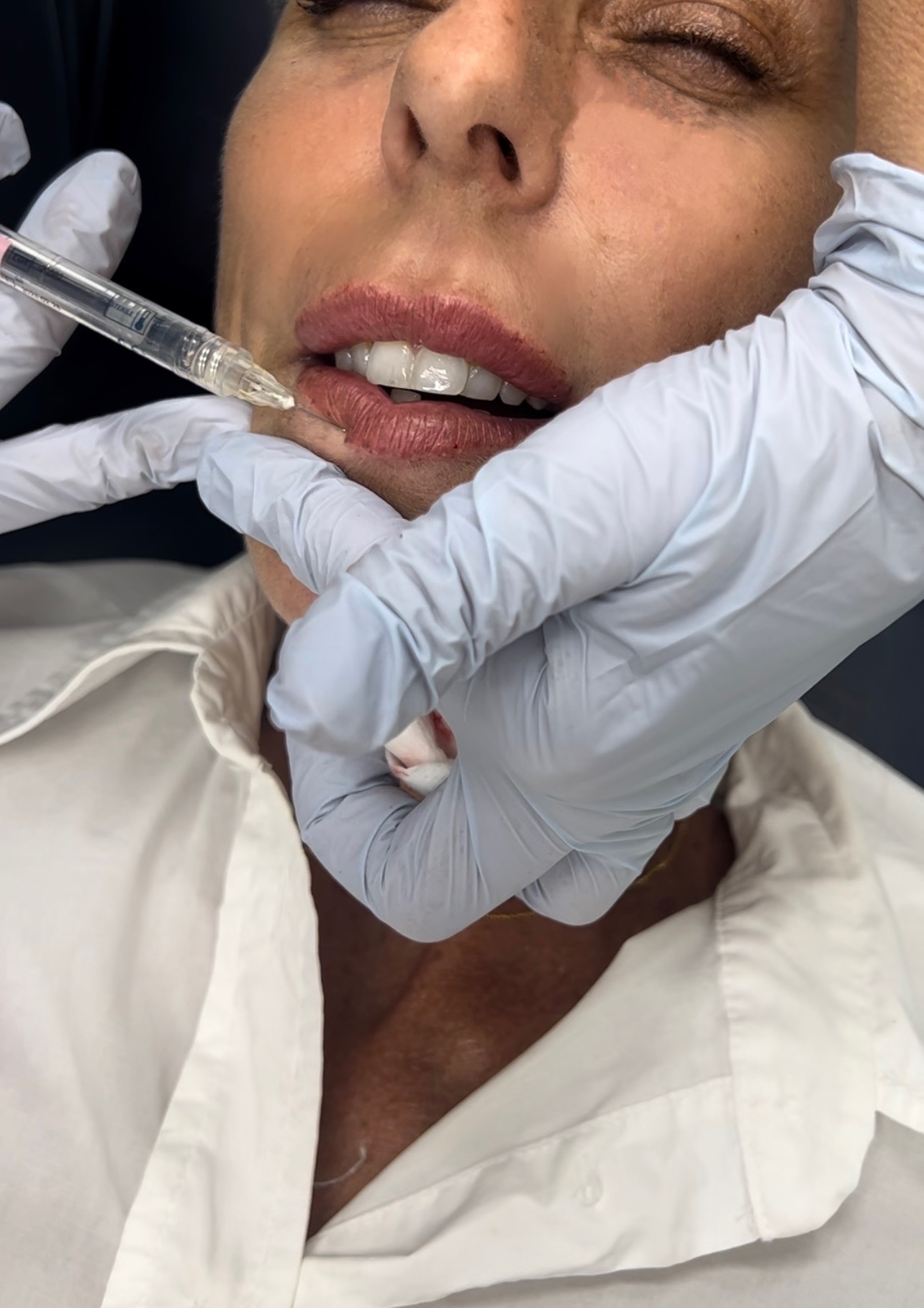Breast reconstruction is a procedure that is carried out to restore breast shape and replace breast tissue that is lost during a mastectomy or lumpectomy.
The aim is to achieve an excellent shape, volume and symmetry so that a patient feels feminine, regains their confidence, and as much as possible has less of a reminder of the cancer treatment they had to undergo. The goal is to create breasts that look symmetrical, close to the original appearance and shape, and as natural as possible.
Whether or not a breast reconstruction is performed depends on several factors: your personal decision, your physical condition and the treatment you have had for the breast cancer including previous radiation. It is important that you understand every option available for breast reconstruction.
Having the right information as a starting point for a full and frank discussion with your surgeon can help you in the journey to reconstruction.
It is important that you consider the risks and the benefits of each procedure, in order to reach a decision that is beneficial for your medical prognosis, your physical and mental health, and your personal circumstances.
While cost should not be your primary driver, different procedures have different costs. You should discuss in detail with your surgeon the different techniques and implants available, and their respective pros and cons, as well as the options that are covered by your health insurance.
The benefits of breast reconstruction
Different reasons may motivate you to decide for or against reconstruction. The benefits of a reconstructed breast may include:
- Increased self-confidence and self-esteem
- A way to cope with breast cancer
- An improved symmetry of your breast
- Avoiding the choice between external prostheses or a flat chest
Disadvantages of breast reconstruction
There are several disadvantages and problems that may occur with breast reconstruction that need to be taken into account before making a decision to go ahead:
- Not all breast reconstruction procedures are a total success, and the result might not look like you expected. Breast reconstruction for example is a lot more challenging post radiation.
- Additional corrective surgeries may be necessary and the revision rate is higher than in augmentation breast surgery
- Surgery will leave scars on your breast and, in case of autologous reconstruction, in any areas tissue was taken from to create your new breast
- A reconstructed breast may not feel the same as a natural breast (however own tissue reconstruction comes very close)
- In order to achieve symmetry between the reconstructed breast and the healthy one, reduction/lift or enlargement of the latter may be necessary
The length of time you’ll spend in a hospital after surgery depends on what kind of breast reconstruction you choose.
You have two broad options:
Implant Breast Reconstruction Sydney
Implant surgery typically takes place after a mastectomy is performed to remove the breast tumour and surrounding tissue. In a few patients the final implants may be able to be used at the time of mastectomy, whilst in others a temporary device called an expander is used which is then changed over to a permanent silicone prosthesis at a second surgery. Those who have implant surgery are usually discharged after 3 to 5 days, but there is usually a need for drains post mastectomy and reconstruction which may still be in place on discharge.
DIEP flap or Free Flap Reconstruction Sydney
A free flap reconstruction is a little bit more complex of an operation than the implant surgery is. With this procedure, the tissue is taken from other parts of your body, like the abdomen. Patients are usually discharged seven days after the procedure.
While free flap reconstruction surgeries may be more complex, they are nothing to be afraid of, especially at Mode Plastic Surgery. Dr Aggarwal specialise in this type of breast reconstruction and has performed numerous DIEP free flap reconstructions for our patients. These can provide patients with a look of having had a tummy tuck, and using the tissue in the abdomen to reconstruct a breast that looks (and feels!) very natural.
Both reconstructive surgeries have their pros and cons, so it’s important to talk with your surgeon about which option is best for you.
Many of the questions we hear are about recovery. Women want to know how long the surgery will affect their daily routine. If you are researching breast reconstruction surgery, here are common questions we hear.
When can I have sex?
You shouldn’t have sex for at least one or two weeks after surgery. You’ll want to give your body some time to recover. After that, you can have sex whenever you feel physically and emotionally ready. It’s normal to feel nervous, unsure, or self-conscious in the beginning.
Will breast reconstruction change my risk of cancer recurrence?
No. Studies have shown that breast reconstruction does not change the risk of breast cancer recurrence either in the breast or in other locations in the body. Breast reconstruction also does not delay a diagnosis of breast cancer recurrence or change its treatment.
There is always some risk that your cancer could return, though. It could come back in the same area as your original cancer (local recurrence), in the nearby lymph nodes (regional recurrence), or in farther-away areas (distant recurrence). The good news is there are many strategies that can reduce your risk of a breast cancer recurrence. A few of these include:
- hormone therapy
- chemotherapy
- radiation therapy
- targeted therapy
- maintaining a healthy weight
- exercising
- eating a healthy diet
Usually, your breast surgeon in conjunction with other members of the team such as medical or radiation oncologists will determine the best course of treatment for you. They will usually also ask you to see them long term for ongoing cancer surveillance.
How will I feel in six months? In a year? Five years?
Every woman’s breast reconstruction experience is unique. Right after surgery, you may have tenderness, numbness, and twinges of pain. These sensations usually come and go, and often decrease within the first few months after surgery. However, some may last months, even one year or longer. This is because the nerves are the slowest part of your body to heal.
As you continue to heal, you may feel scar tissue begin to form, which will feel hard. This is common and will most likely soften over the next several months. It takes at least one year, sometimes longer, for all your tissue to fully heal and your scars to fade. You may go through a period of emotional adjustment, too. If you have any concerns about your physical or emotional health during your recovery, Mode Plastic Surgery Team is here for you and has a variety of resources to help you.
When can I drive again?
Many women can drive two to three weeks after surgery. Depending on your reconstruction, you’ll probably be on a narcotic pain reliever for the first week after surgery. If you’ve had flap reconstruction, you may need this medicine for a few days more than if you’ve had tissue expanders or implants. Don’t drive while you take this type of medicine, which can make you drowsy. Also, don’t drive until:
- your drain(s) have been removed
- you have recovered your full range of motion
- you can comfortably turn the steering wheel
If you have questions about when it’s safe for you to drive, talk with your surgeon.
When will I feel less exhausted?
Fatigue is common after breast cancer surgery. After all, your body has been through a lot. Be patient with yourself as you recover, but also tell your doctor if you’re concerned about your fatigue. It may be normal, or it may be a sign of underlying factors, such as depression, insomnia, or anaemia.
When can I pick up my kids?
This depends on the type of reconstruction you’ve had. Regardless of surgery type, you shouldn’t lift anything heavier than five kilograms — including your kids — until your doctor says it’s safe. This is usually about six weeks for people who have tissue-transfer reconstruction and four to six weeks for people who have surgery with tissue expanders or implants. If you can, plan ahead for childcare for young kids.
When can I exercise?
You’ll need to avoid strenuous activities, such as jogging and tennis, until your doctor tells you it’s safe. Your physical therapist will give you written instructions on what exercises and movements you can do while your incisions are healing. Talk with your doctor or nurse before starting any exercises outside these prescribed moves. If you’re having discomfort, you may find it helpful to take some pain medication 30 minutes before starting exercise.
If I have restrictions that limit physical activity, can I obtain a letter to suspend my gym membership?
Yes. If you’ve had reconstruction, our office can provide you with this letter for the duration of your recovery or restriction period. If you have not had reconstruction, contact your breast surgeon’s office.
Who removes my drains?
If you’ve had any type of reconstruction, our plastic surgery nurse usually removes the drains when they meet the criteria to come out. You do not need to see your plastic surgeon for drain removal although they will usually regularly review you and be responsible for making the decision as to whether a drain is ready to come out.
Whose office should I follow up with to schedule my routine mammogram?
Your breast surgeon should schedule your routine mammograms.
When should I schedule a breast reconstruction surgery consultation to discuss next steps?
If you are considering breast reconstruction, but have many questions you would like to have answered in person by a board-certified plastic surgeon, don’t wait any longer. Schedule a consultation with Dr. Aggarwal today and schedule a consultation.
If you are considering breast reconstruction you should book in a consultation with a specialist plastic surgeon who specialises in breast reconstruction. You will get a chance to be evaluated, discuss the options that suit you, and have your questions answered. Schedule a consultation with Dr. Aggarwal today .

